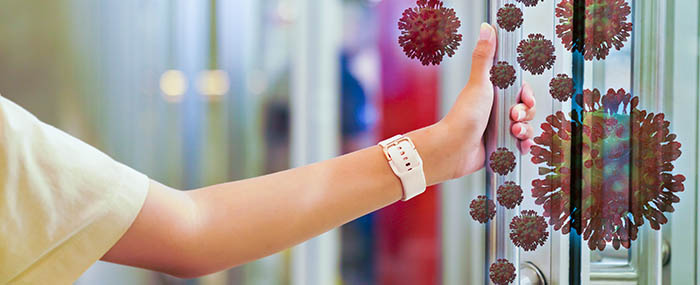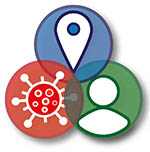
How likely is it for respiratory virus transmission to occur via surfaces?
Transmission via surfaces is possible but it is likely to account for a relatively small proportion of transmission for Covid-19. When measured in the vicinity of an infected person it has been possible in a very small number of studies to find live virus on a surface. There is also evidence from sampling studies that the hands of people who are infected can be contaminated. A comparison of persistence of SARS-CoV-2 variants on stainless steel – Journal of Hospital Infection
Transmission risk models support evidence that transmission of respiratory infections through touching contaminated surfaces and then touching the face is possible. These models show that there may be occasional doses which are large enough to cause transmission, and that hand washing is likely to be the most effective strategy to reduce this risk. A comparison of persistence of SARS-CoV-2 variants on stainless steel – Journal of Hospital Infection
Models also suggest that risks may be influenced by temperature, humidity and time and transfer may be more likely in more humid environments such as bathrooms. The Dynamics of SARS-CoV-2 Infectivity with Changes in Aerosol Microenvironment (medrxiv.org)
It has been shown in laboratory studies that COVID-19 loses around 70-90% of viability on surfaces during the drying period, and then decays at a slower rate over time. Aerosol and Surface Stability of SARS-CoV-2 as Compared with SARS-CoV-1 | NEJM Therefore, any transmission through contaminated surfaces will be most likely soon after the original contamination and there will be a decrease in transmission likelihood with time.
It is possible that the proportion of inhalation vs surface transmission is different for other respiratory viruses.






0 Comments